Short TLDR: both are tiny, fun electric city vehicles — but for Indian city life (and the occasional highway run) the MG Comet is the more practical, safer, and cost-effective choice today. The Citroën Ami is brilliant as an ultra-compact European quadricycle, but its low speed, tiny battery and limited availability make it a poor match for typical Indian use unless heavily reworked and priced for India. (Scene7)
Quick price & spec snapshot (apples-to-apples context)
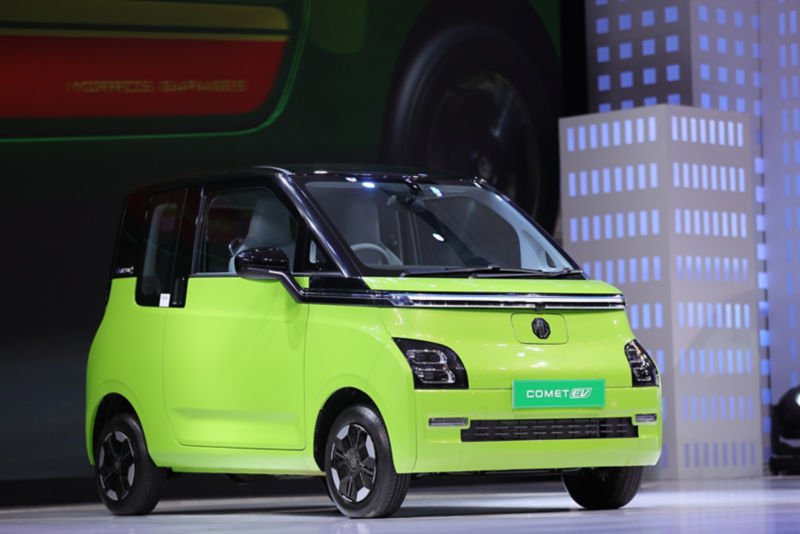
- MG Comet (India) — battery: ~17.3–17.4 kWh, claimed ARAI-ish range ~230 km (real-world ~180–200 km depending on mix). Top speed around 85 km/h. Ex-showroom India pricing roughly ₹7.5 lakh – ₹10 lakhdepending on variant; MG also offers Battery-as-a-Service options. (Scene7)
- Citroën Ami (Europe) — battery: ~5.5 kWh, quoted range ~75 km, top speed ~45 km/h (regulated), seating: 2side-by-side. Launch prices in Europe range roughly €7–€10k (examples showing €7,990–€9,990), which is roughly ₹8–10+ lakh on currency conversion before taxes, duties and adaptation to Indian standards — so landed cost in India would be much higher. Ami is classed as a quadricycle in Europe (lighter rules, lower speed). (Citroën Ireland)
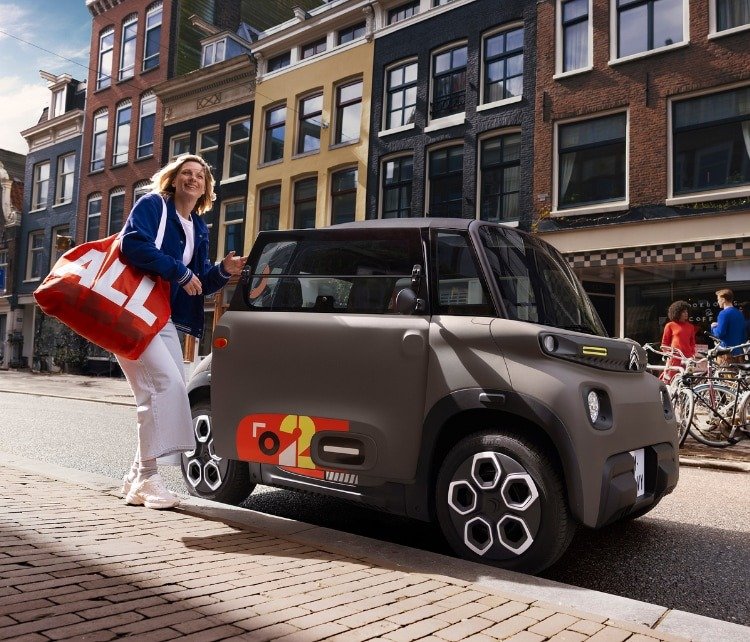
Note: the Ami is sold and engineered as a very low-speed, ultra-light quadricycle for European cities; the MG Comet is a purpose-built small electric four-seater for real-world car buyers in markets like India. (CarDekho)
Why MG Comet suits Indian city + occasional highway use better
1. Realistic range for mixed duty
- Comet’s ~17.3 kWh battery gives a claimed 230 km figure; while city/hybrid real-world numbers will be lower, this still means you can run a few days of city commuting (or a one-way longer trip) without anxiety. For occasional highway stints (at 70–85 km/h) the Comet’s usable range and higher top speed are practical. (CarDekho)
- Ami’s ~5.5 kWh battery and ~75 km range is fine for short European hops, scooter replacement or car-sharing — but it’s barely enough for one long Indian day that mixes traffic, AC and any highway section. You’d be charging often. (Citroën Ireland)
2. Top speed and safety envelope
- Comet: top speed ~85 km/h — enough to keep up on urban expressways and limited highway stretches in India. It’s a conventional small car in structure (4 seats), with car-like safety kit across variants. (CarWale)
- Ami: top speed ~45 km/h — fine for slow inner-city trips but unsafe and impractical on Indian main roads and highways where traffic moves much faster. Also the Ami’s light quadricycle construction prioritizes simplicity and low weight rather than crash protection suitable for mixed-speed traffic. (Citroën Ireland)
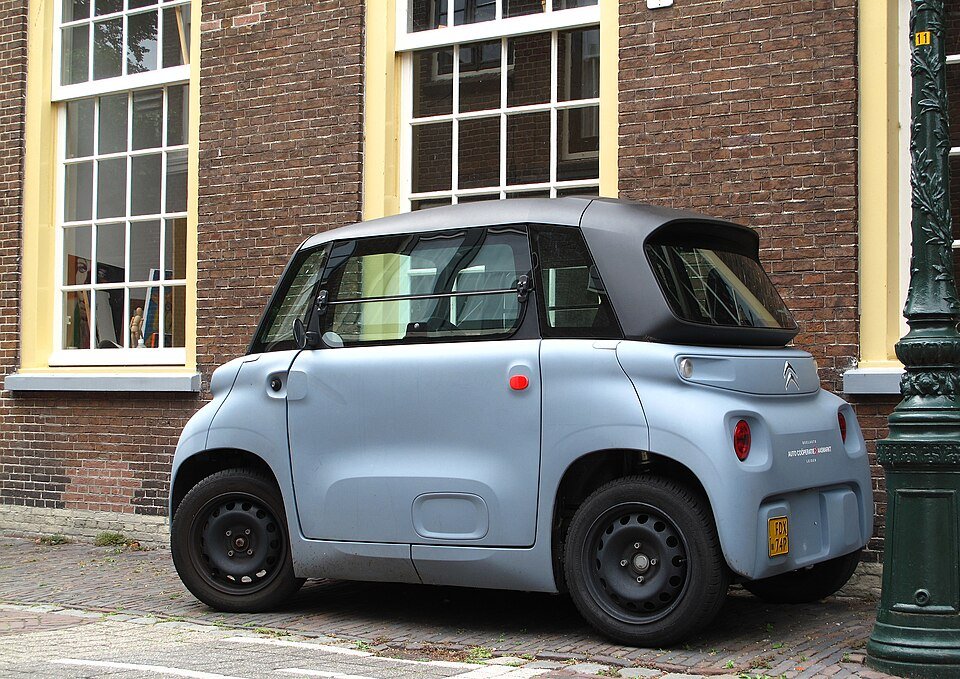
3. Usability & family practicality
- Comet seats four (split rear seats, usable boot space) — fits small families and grocery runs, school runs, weekend errands. Ami is a 2-seat micro vehicle — great for single city users, but limited for family usage. (CarWale)
4. Charging & daily convenience
- Comet supports AC charging at commonly available 3.3 kW / 7.4 kW (some variants with faster AC), full charge in a few hours — convenient for overnight charging at home and quicker top-ups at workplaces. MG also offers BaaS to lower upfront cost. (Scene7)
- Ami charges from a household plug (simple, slow), full charge in ~3–4 hours for its tiny battery — energy use is tiny, but frequent charging and lower range make it less flexible for multi-stop Indian days. (Citroën Ireland)
5. Service, support and localisation
- MG has an existing dealer and service network in India (warranty, spares, local support), making ownership simpler. Importing Ami would mean no local Citroën small-car support unless Stellantis specifically launches and localises the model — which hasn’t been positioned clearly for India yet. That affects cost, spare parts, adaptation to RHD, crash rules, and long-term ownership. (Scene7)
Where the Citroën Ami still shines
- Size & parking: the Ami’s tiny footprint (≈2.4 m long) and tight turning circle make it a parking-and-lane-manoeuvre champion in congested city cores. (Citroën Ireland)
- Running cost: tiny battery = tiny energy cost per km. For someone who only ever does very short inner-city trips, Ami is cheaper to run. (Citroën Ireland)
- Novelty / lifestyle: Ami is quirky and a social-media friendly “fun” purchase — appeals to young urban users or fleets for micro-mobility schemes.
Disadvantages of the Ami for India (short, sharp)
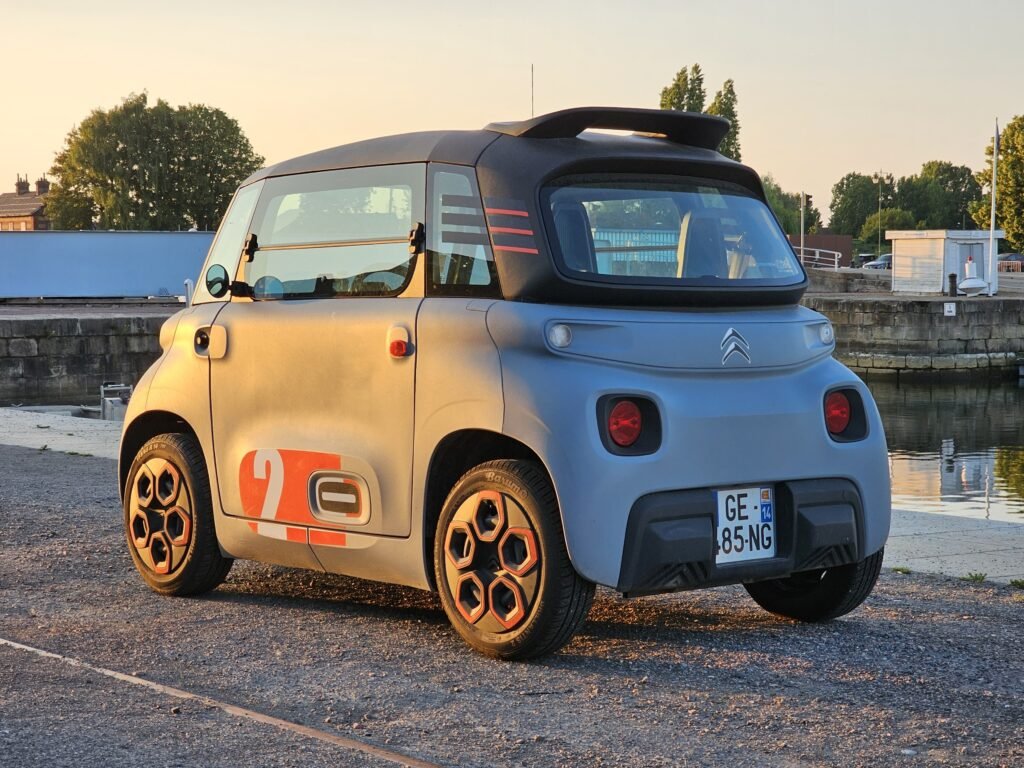
- Low top speed (≈45 km/h) — dangerous on faster Indian roads. (Citroën Ireland)
- Tiny battery & range (~75 km) — frequent charging, not suited to mixed city+highway days. (Citroën Ireland)
- Regulatory & adaptation costs — imported Ami would need RHD conversion, homologation, higher duties and dealer setup — landed price will likely exceed the simple Europe-price math. (Example: €9,990 converts to ~₹10.3 lakh at ~₹103/€ before taxes — and that’s before import duties, GST, dealer margins or RHD engineering). (Citroën Ireland)
- Safety & crash protection — designed as a quadricycle/ultra-light vehicle; not as protective as a small car in mixed-speed impacts. (Wikipedia)
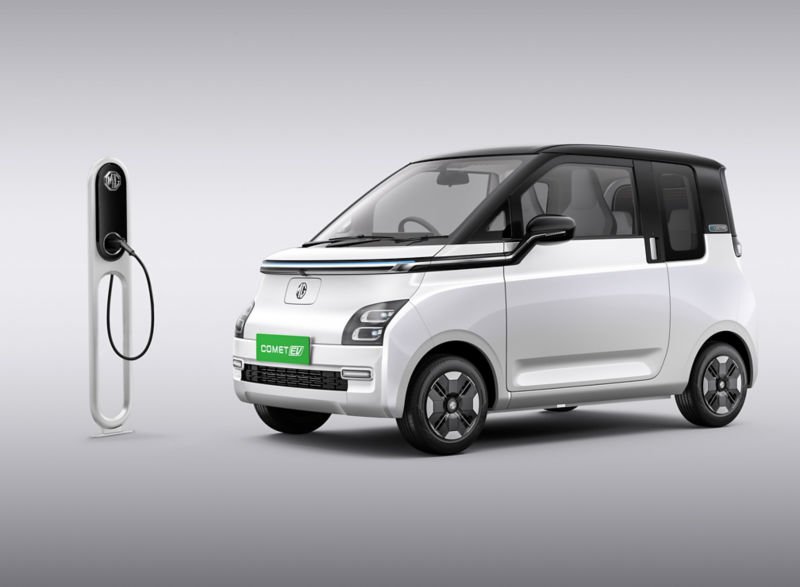
Practical price comparison (realistic view)
- MG Comet: ₹7.5–10.0 lakh ex-showroom (India) for variants with onboard charging/connected features. Local financing, insurance and service are standard. MG also offers Battery-as-a-Service to reduce upfront cost. (CarLelo)
- Citroën Ami (Europe price example): €7–€10k retail (~€7,990–€9,990 in recent launches). Converted at ~₹103/EUR that’s roughly ₹8.2–10.3 lakh — before duty/GST/RHD conversion/importer margin. Realistically, if imported individually or as a small-volume product, the on-road cost in India would be significantly higher. So while sticker numbers in Europe look similar, the Ami is not actually cheaper for an Indian buyer once you factor in localisation & regulations. (electrive.com)
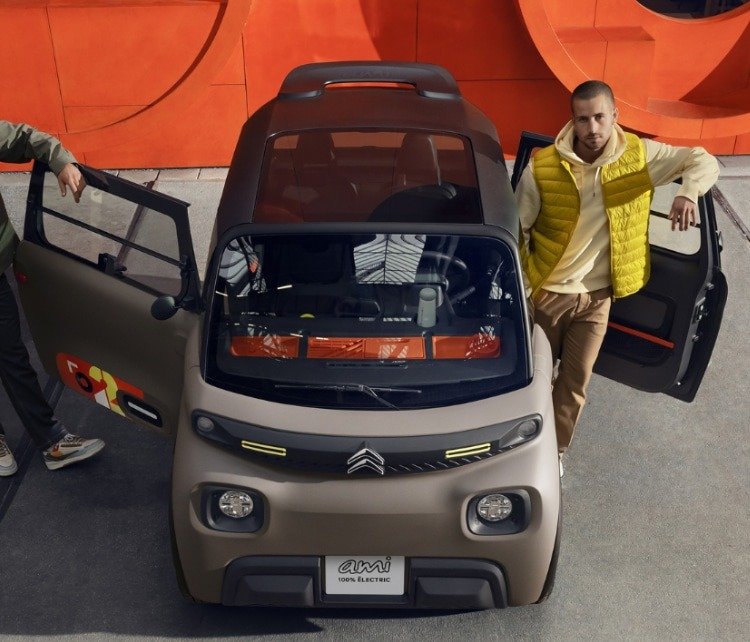
Verdict — which should you pick for Indian city use?
- If your life needs occasional highway driving, family and grocery runs, a proper dealer network and a usable range, the MG Comet is the sensible pick. It’s engineered and sold in India for Indian roads: 4 seats, a practical battery, legal classification as a car, and service coverage. (CarDekho)
- If you are single, only travel very short inner-city trips, love the smallest possible footprint, and use the vehicle only in slow urban cores (and somehow had a cheap, legal way to get an Ami in India), then the Ami is an interesting micro-mobility toy — but not a mainstream city car replacement in India today. (Citroën Ireland)
Final friendly takeaway
Think of the Ami as a brilliant, tiny urban scooter with a roof — perfect for tight European lanes and short hops. Think of the MG Comet as the “real car” for Indian city life: small, cheap-ish to buy, bigger battery and range, safer at higher speeds, and supported locally. For most Indian buyers who want an electric city car that doesn’t lead to range anxiety, safety compromises, or import drama — MG Comet wins. 😊 (CarDekho)
